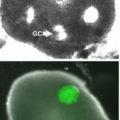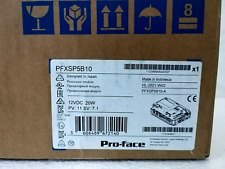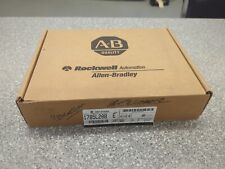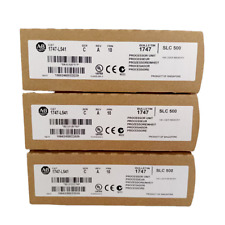
Johns Hopkins University researchers have created a new class of artificial proteins that can assemble themselves into a gel and encourage the growth of selected cell types. This biomaterial, which can be engineered to send different biological signals to cells, is expected to assist scientists who are developing new ways to repair injured or diseased body parts.
“We’re trying to give an important new tool to tissue engineers to help them do their work more quickly and efficiently,” said James L. Harden, who along with Lixin Mi and Stephen Fischerlab, developed the new biomaterial. “We’re the first to produce a self-assembling protein gel that can present several different biological signals to stimulate the growth of cells.”
Harden reported on his team’s work at the national meeting of the American Chemical Society.
Tissue engineers use hydrogels, which are macromolecular networks immersed in an aqueous environment, to provide a framework or scaffold upon which to grow cells. These scientists hope to advance their techniques to the point where they can treat medical ailments by growing replacement cartilage, bones, organs and other tissue in the lab or within a human body.
The assembly process involves three different “sticky” ends. But between any two ends, Harden can insert one or more bioactive sequences, drawing from a large collection of known sequences. Once the gel has formed, each central bioactive module is capable of presenting a specific biological signal to the tissue engineer’s target cells. Certain signals are needed to encourage the adhesion, proliferation and differentiation of cells in order to form particular types of tissue.
Harden’s goal is to provide a large combinatorial “library” of these genetically engineered proteins. A tissue engineer could then draw from this collection to create a hydrogel for a particular purpose. “We want to let the end-user mix and match the modules to produce different types of hydrogels for selected cell and tissue engineering projects,” he said.
Harden believes this technique may speed up progress in the tissue engineering field. For one thing, tissue engineers would not have to do complex chemistry work to prepare a hydrogel for each specific application; his hydrogels form spontaneously upon mixing with water. Also, unlike hydrogels that are made from synthetic polymers, the Harden team’s hydrogels are made of amino acids, the native building blocks of all proteins within the body. Finally, more than one protein signaling segment can be included in the Harden team’s hydrogel mix, allowing a tissue engineer to send multiple signals to the target cells, thereby supporting the simultaneous growth of several types of cells within one tissue.
“Our philosophy is to take a minimalist approach,” Harden said. “Our hydrogels are designed to send only the growth signals that are needed for a particular application.”


















Comments are closed.